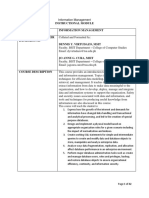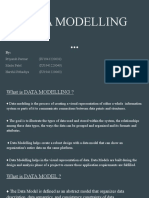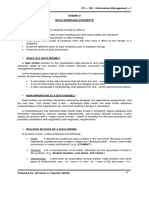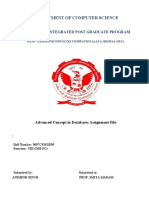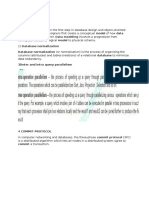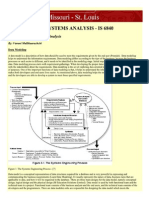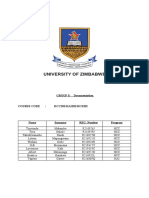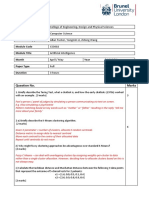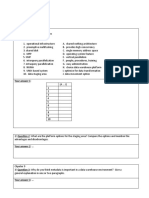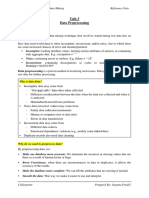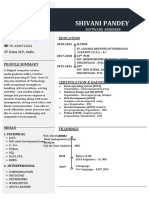0% found this document useful (0 votes)
3 views7 pagesData Modeling
The document discusses data modeling, including the uses of database query languages, the meaning and purpose of data models, and the roles and benefits of data modeling. It also examines the strengths and weaknesses of conceptual, object-oriented, and relational data models. Overall, it highlights the importance of data modeling in managing and organizing data effectively within information systems.
Uploaded by
alexbilly32Copyright
© © All Rights Reserved
We take content rights seriously. If you suspect this is your content, claim it here.
Available Formats
Download as DOCX, PDF, TXT or read online on Scribd
0% found this document useful (0 votes)
3 views7 pagesData Modeling
The document discusses data modeling, including the uses of database query languages, the meaning and purpose of data models, and the roles and benefits of data modeling. It also examines the strengths and weaknesses of conceptual, object-oriented, and relational data models. Overall, it highlights the importance of data modeling in managing and organizing data effectively within information systems.
Uploaded by
alexbilly32Copyright
© © All Rights Reserved
We take content rights seriously. If you suspect this is your content, claim it here.
Available Formats
Download as DOCX, PDF, TXT or read online on Scribd
/ 7


